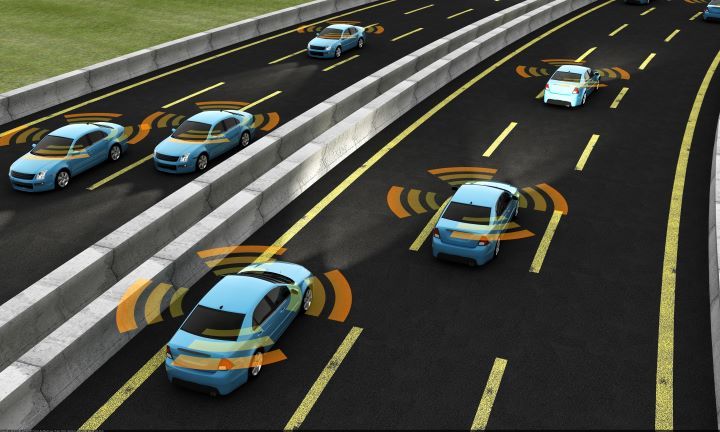The numbers should make every fleet manager sit up and take notice. Vehicles equipped with advanced driver assistance system (ADAS)-powered safety solutions have posted far fewer crashes.
In a recent study of 3.7 million vehicles, researchers identified significant reductions in:
- Rear-end striking crashes (down 46% for automatic braking and 21% forward collision alert)
- Backing crashes (down 21% for rear vision cameras, 38% for rear park assist, and 81% with reverse automatic braking with rear cross traffic alert, rear vision camera, and rear park assist)
- Lane departure crashes (down 20%)
- Lane change crashes (down 26%)
In light of this study by General Motors and the University of Michigan Transportation Research Institute, there’s little doubt that ADAS systems have the potential to chip away at the seemingly stagnant 20% fleet crash rate. But as these systems become more common, how should fleet managers balance their use with trusted driver training?
Spec’ing for Safety
While an increasing number of OEMs are adding ADAS safety systems — at least in light-duty vehicles — as standard, not every OEM or model has all of the established or emerging anti-collision technology available off the assembly line or even as options on their vehicles.
This means that, as the fleet manager, you’ll need to add ADAS systems to your long list of spec’ing items. And you should make the same determinations about these features as you would about engines, cargo capacities, etc.
For example, does your urban-only driver need lane keep or lane change assist? How much stop-and-go driving do your drivers experience? Does spec’ing forward collision alert systems make sense?
‘Automating’ Safety for Drivers
The benefits of many of these ADAS safety solutions are clear. But if or until vehicles become 100% automated, drivers will still have the accountability of operating their company vehicles responsibly.
This means drivers need to understand that these solutions are assisting them in the task of driving, not doing the work for them. A forward collision warning or lane keeping system still requires the driver pay attention and be focused on the task of driving.
Over reliance on ADAS technology could lead to drivers engaging in risky behaviors that will blunt the potential benefits of the semi-autonomous technology. For example:
- When using adaptive cruise control, drivers shouldn’t get so comfortable that they begin engaging in other activities behind the wheel. Distracted driving is always a risk.
- When using blind spot monitoring, it’s still critical to visually check the blind spot when changing lanes. Again, the system is designed to assist the driver — not make the decision when it’s safe to change lanes.
- When using rear cross-traffic alert systems, drivers should always look over their shoulder before backing.
On the flipside, the driver can turn off some ADAS safety systems. This means the driver isn’t getting the potential benefits of the solution, could be more at risk of a crash, and open the fleet and its company to liability exposure.
The Safety Balancing Act
Adding an ADAS safety solution to a vehicle’s spec brings many benefits but should be done in the context of the fleet’s safety program.
The safety policy should be updated — with the help of the risk department, HR, and the legal department — reflecting the most recent technology. And it should require drivers to have the solutions turned on at all times, outline that the solutions complement safe driving behaviors, and set accountability measures if a driver doesn’t use the ADAS solutions properly or turns them off.
Fleet operations will have to update training, particularly in the context of making sure drivers aren’t relying solely on the solutions to keep them safe.
As more operations adopt autonomous solutions of all types, it will likely require them to regularly update fleet safety policies, change training to reflect these new technologies, and realize that spec’ing will become more complex.
Working with your OEM, fleet management company, and internal stakeholders is one way to remain on the curve and run a safe, technologically up-to-date fleet.
by Chris Wolski
Source: https://www.automotive-fleet.com
CUT COTS OF THE FLEET WITH OUR AUDIT PROGRAM
The audit is a key tool to know the overall status and provide the analysis, the assessment, the advice, the suggestions and the actions to take in order to cut costs and increase the efficiency and efficacy of the fleet. We propose the following fleet management audit.




